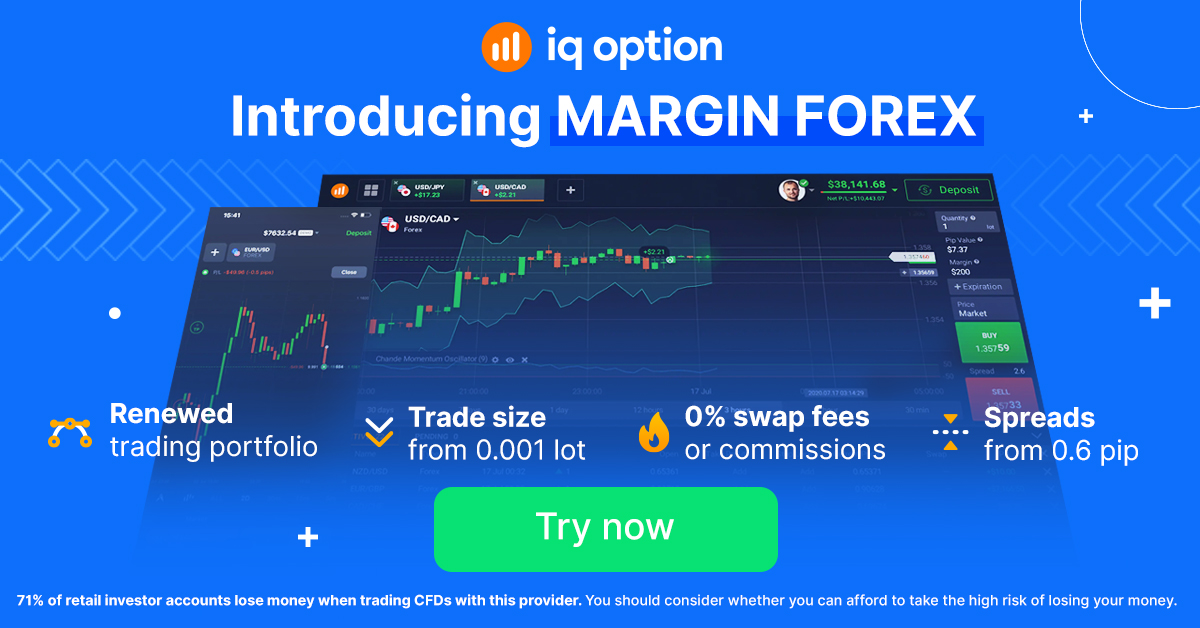In the forex trading community, everyone has their own opinion about it. Everyone possesses their own point of view on which direction the market is moving and why. During trading currencies, the traders reveal their visions and outlook about the trades that they make.
To be honest, a forex trader’s view about why the market is moving in a certain way is not significant. Adding to that, it is impressive how perfectly the trend lines align, but the traders may end up facing losses in their assets.
So as a forex trader, you must acknowledge that the forex market is a mixture of different opinions, ideas, and views, not based solely on one individual trader’s point of view. Now we have to understand why market sentiment is important for forex trading.
What Is Market Sentiment?
The number of individual elements mentioned above depends on the number of market participants. All these factors lead us to claim that forex market sentiment is the combined views of all the market traders.
It can be defined as the emotion or idea about the forex market’s ongoing direction, shared by the majority of the forex traders.
Why Market Sentiment is Important for Forex Trading
Sentiment analysis is different from technical analysis and fundamental analysis. Theoretically speaking, the price action indicates all the possible movements of the forex market. But you must keep in mind this is not an easy task for forex traders.
As all the traders will make the same moves, the forex market doesn’t reveal all the necessary signaling info and analysis at once for public consumption. That is when sentiment analysis enters the trading game.
By understanding the sentiment analysis, one can predict the movements of the market even when there is insufficient data.

What is the Sentiment Analysis?
As stated before, sentiment analysis is the analytical report, measurement, and indicator of the emotional and psychological state of all the forex traders involved in the market combined.
Bullish or bearish, two key terms will be used here, which means optimistic or pessimistic. Sentiment analysis keeps tabs on these factors. According to the hypothesis, when the majority of forex traders share a mutual sentiment, an analyst will oppose the popular sentiment.
Trading on the basis of sentiment is called the contrarian technique, which is mostly dependent on the bulls and bears ratio and some other sentiment factors, which is not very fruitful.
So the sentiment analysis is synthesized with the technical and fundamental analyses to give you a more in-depth insight into the market’s movements. Keeping all three analyses on the mind can be tricky, but it totally pays off.
How to Analyze Market Sentiment?
Market sentiment is a comparatively new concept that has been introduced to the analysts, experts, and strategists. It polls them to understand their overall feeling about the market price movements. Sentiment indicators can analyze market sentiment.
Sentiment indicators refer to the graphical, mathematical, or numeric representation of how a specific group of traders fell about the market environment and other factors. It’s like a mood ring for the forex market. It is available over the internet. But it is to be noted that these sentiment polls indicate the past situations of the market rather than where it is going. Most of the time, the survey forecast is that the market will go against most traders.
There are three significant indicators.
The contrarian method
The contrarian method investigates the crowd behavior. It means buying when the bulls are at its peak and to sell when the bears are at its peak; when the market has bottomed out. This approach is taken as the market sentiment is leaning on a lot of biased views and opinions, and all of them are practically almost impossible to take notes of.
There are lots of tools for this and even more ways to interpret them. These indicators are transparent and easily accessible to all.
The commitment of traders report
The commitment of traders reports, aka the COT, keeps us updated about the trends and the position of various commercial and speculative traders around the globe and the power of commitment of the traders. The forex market is an over the counter or OTC market where the future market is a surrogate of the spot market.

A new and updated COT report is published every Friday by the CFTS or the Commodity Futures Trading Commission. It can be used to get a general idea about the forex market in a limited time span. It contains various useful info, including the data that shows the total long and short positions of all the futures contracts for all kinds of traders.
The volatility index or VIX
The VIX is very popular in the forex trading community. As the name suggests, it’s a sentiment indicator to measure volatility. You might already know that the volatility is the value of fluctuation of foreign exchange current prices from the mean price in the time span of a day.
The larger the implied volatility is, the more the fear amongst the traders who follow the trend as they expect the market to reach an extreme.
Conclusion
As we explained, forex sentiment plays a vital role in the trading and investments of the forex market. The mainstream sentiment of the traders identifies the direction of the market movements. It takes notes of what the traders discuss, their moods, and if they’re bullish or bearish. This analysis is applicable while predicting market movements on the basis of the current situation.
We recommend that you keep your eyes open for the extreme readings to predict any harsh changes in prices. By understanding all these, you can have a clear picture of why market sentiment is important for forex trading.

 United States
United States




